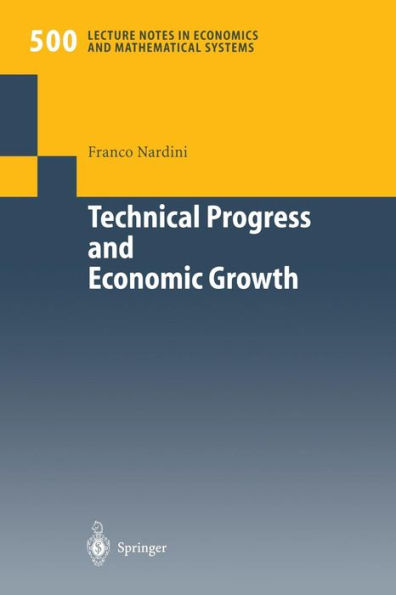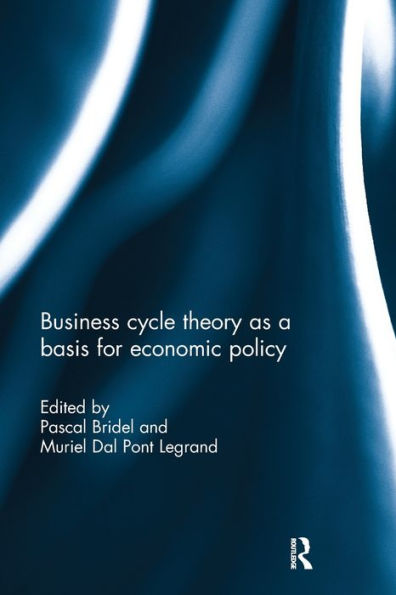Home
Technical Progress and Economic Growth: Business Cycles Stabilization Policies
Loading Inventory...
Barnes and Noble
Technical Progress and Economic Growth: Business Cycles Stabilization Policies
Current price: $54.99


Barnes and Noble
Technical Progress and Economic Growth: Business Cycles Stabilization Policies
Current price: $54.99
Loading Inventory...
Size: Paperback
*Product Information may vary - to confirm product availability, pricing, and additional information please contact Barnes and Noble
In this book we intend to discuss economic fluctuations and growth and possible stabilizing fiscal policies. Since these topics are major preoccupa tions of economic theorists and have been extensively discussed since the classics, one may wonder why another book on these subjects. A possible defense is that we are going to do so in the framework of a two-sector model where the main featureS of each sector depend on the characteristics of the goods produced by the sector itself. The conventional wisdom suggests that the problem of (dis )aggregation in growth and business cycle theory is basically a quantitative one: the model should consider as many sectors, goods, and agents as necessary to provide a sufficiently rich picture, the upper bound obviously resulting from the tractability of the problem. In this attitude the same equilibrium (or diseqUilibrium) assumptions generally hold true throughout all sectors. Here we want to prove the relevance of an alternative approach: we look at the qualitative differences across sectors and at the peculiarities of each market as at the determinants of the economic dynamics. This tradition goes back over one hundred years to Tugan-Baranowkj and has been developed by Aftalion, Fanno, Spiethof, and Lowe, but has never been systematically formalized.


















